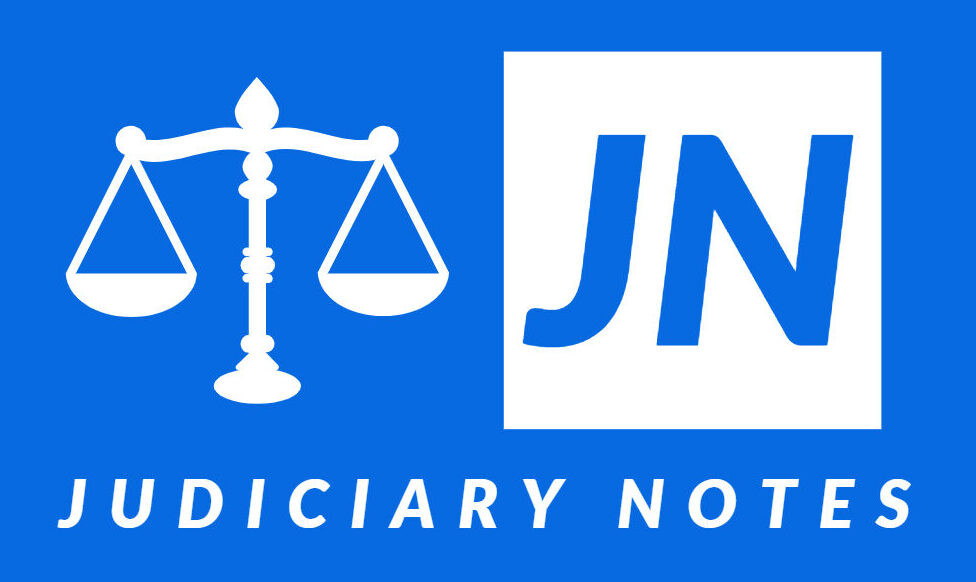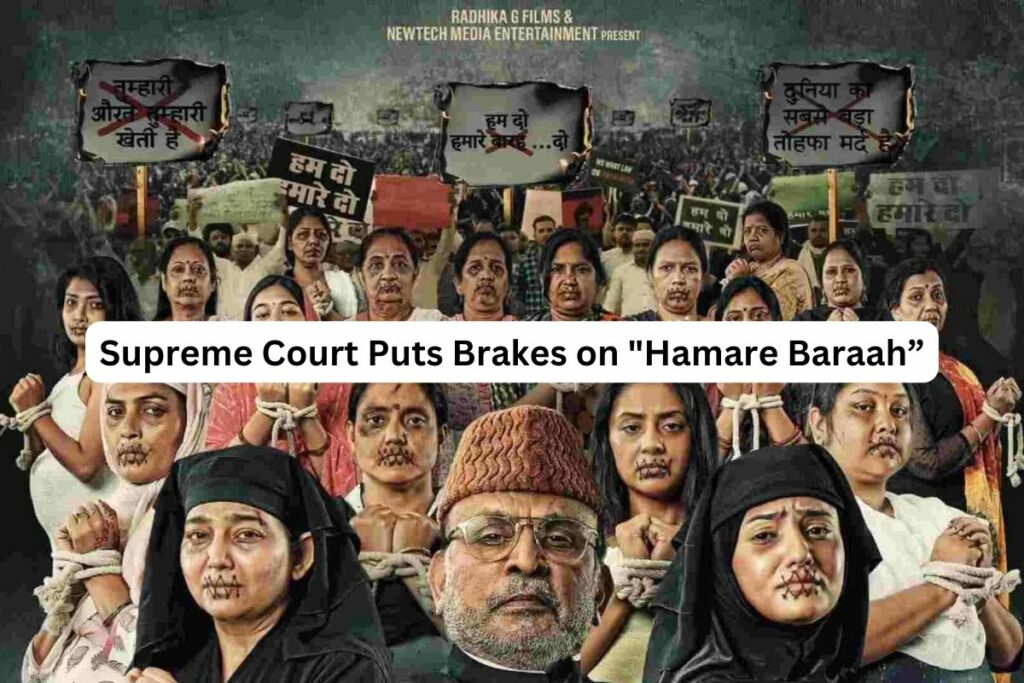The Supreme Court threw a last-minute wrench into the release plans of the Bollywood film “Hamare Baarah” (Our Twelve) on Thursday, June 13th. The highly anticipated Bollywood film “Hamare Baarah” (Our Twelve) won’t be hitting theaters on its scheduled June 14th release date. In a dramatic turn of events, the Supreme Court stepped in and suspended the film’s screening until a pending case regarding its content is settled in the Bombay High Court.
The movie has been embroiled in controversy, with accusations that it portrays the Islamic faith and married Muslim women in a disrespectful and potentially offensive manner. This allegation formed the basis of a legal challenge against the Central Board of Film Certification’s (CBFC) decision to grant the film a release certificate.
High Court Reversal Prompts Supreme Court Intervention
The release of the Indian film “Hamare Baraah” (Our Twelve), scheduled for June 14th, has been put on hold by the Supreme Court. This decision comes amidst a legal battle surrounding the film’s content, with accusations of offensiveness towards the Islamic faith and married Muslim women in India.
From High Court Stay to Supreme Court Halt
The controversy ignited after a writ petition was filed before the Bombay High Court by Azhar Basha Tamboli. Tamboli challenged the Central Board of Film Certification’s (CBFC) decision to grant the film a certificate, essentially seeking to revoke the certification and prevent its release.
The High Court initially issued an interim order staying the release, citing the potentially objectionable content in the film’s teaser trailer available on YouTube. However, the High Court later reversed its decision, paving the way for “Hamare Baraah” to hit the theaters. This reversal by the High Court is what prompted the appeal that reached the Supreme Court.
Supreme Court Takes Aim at Teaser’s Content
A vacation bench of Justices Vikram Nath and Sandeep Mehta took a dim view of the film’s content based on the teaser. Justice Mehta remarked, “Today morning we have seen the teaser. It is as such with all those objectionable materials.” Justice Nath concurred, adding, “the teaser is so offensive that the High Court granted an interim order.”
The Supreme Court’s order to halt the release puts the film’s fate in the hands of the Bombay High Court once again. The Court has directed the High Court to expedite the hearing and disposal of the pending case concerning the CBFC’s certification.
Freedom of Expression vs. Social Harmony: The Debate Ignited
This development has sparked debate about freedom of expression in artistic endeavors and the role of censorship in India. Supporters of the film argue that the Supreme Court’s decision stifles artistic expression and unfairly restricts the film based solely on its teaser, which may not be entirely representative of the final product. They point out that the CBFC, the authorized body for film certification in India, had already cleared the film after viewing the complete work.
On the other hand, those who oppose the film’s release express concern that its content could inflame religious sentiments and potentially lead to social unrest. They argue that the CBFC may not have adequately assessed the potential impact of the film, and the Supreme Court’s intervention is necessary to maintain social harmony.
Beyond the Offensive Teaser: Unclear Details and Underlying Issues
The specific details of the offensive content in the teaser remain unclear from news reports. However, the allegations point towards a portrayal that could be deemed disrespectful or insulting to Islamic beliefs and the portrayal of Muslim women. This raises questions about the portrayal of religious minorities in Indian cinema and the need for a balance between creative freedom and social responsibility.
The High Court’s Move: Balancing Rights and Responsibilities
The Bombay High Court will now have the responsibility of carefully examining the film and delivering a judgment that weighs the right to free speech against the potential harm the film’s content might cause. This case is likely to be closely watched as it has the potential to set a precedent for how Indian courts handle future controversies surrounding film certification and artistic expression.
Looking Ahead: Unanswered Questions and Long-Term Impact
- The Filmmakers’ Perspective: The identity of the film’s director, producers, and actors has not been widely reported. It will be interesting to see if their perspective on the controversy comes to light in the coming days.
- Socio-Political Climate and Court Decisions: The socio-political climate in India can sometimes influence the way courts approach issues of censorship. It’s important to consider the current landscape when analyzing the Court’s decision.
- The Role of Religious Bodies and Community Leaders: The role of religious bodies and community leaders in shaping public discourse around the film also merits attention.
The Supreme Court’s intervention has thrown a curveball at the makers of “Hamare Baraah.” The Bombay High Court’s upcoming decision will determine the film’s fate. This case has reignited the debate on censorship in India, prompting questions about balancing artistic freedom with social responsibility. The ultimate resolution will be watched closely by filmmakers, audiences, and those concerned with freedom of expression in India.

